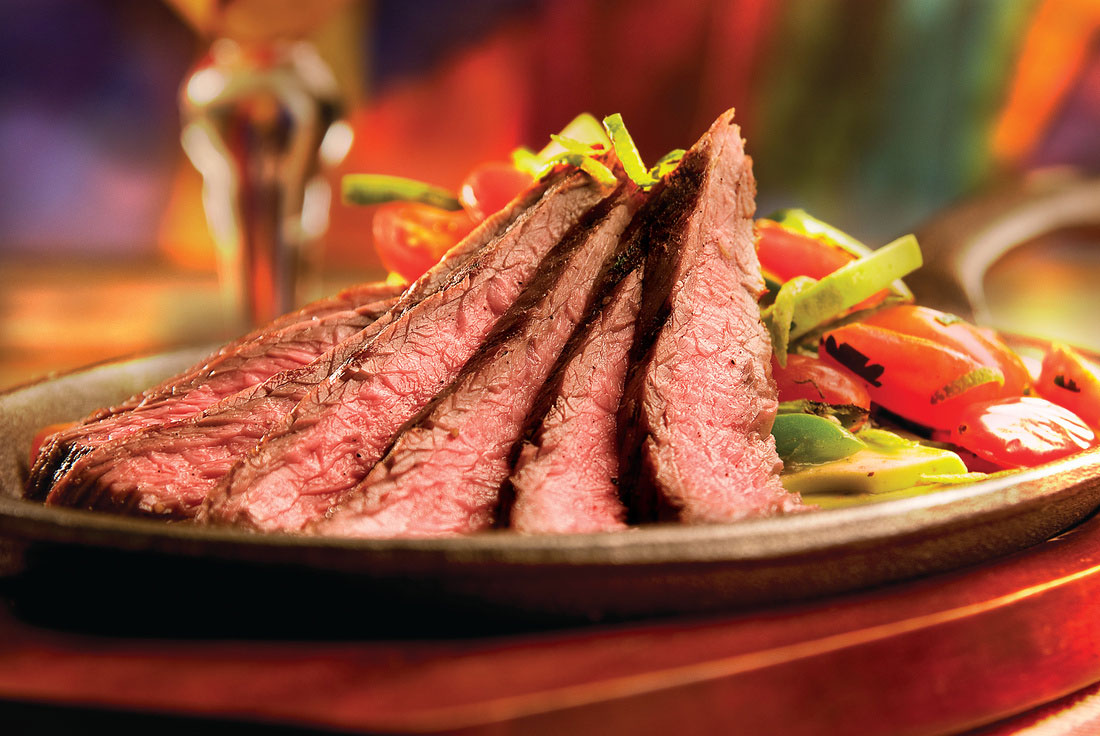
The market demands more demand
by Miranda Reiman
September 9, 2020
Demand drivers.
Even without a worldwide pandemic, economic shutdowns and disruptions in food processing, Dan Basse would have covered demand drivers at the 15th annual Feeding Quality Forum.
The president of Chicago-based AgResource Company had charts to back up his point: “Going back maybe to the Civil War, it’s those demand drivers that give opportunity to the market.” Basse kicked off the on-line forum hosted by the Certified Angus Beef ® brand last month.
Grain markets typically lead market direction. Supply is no problem, with a 2.7% increase in global grain yields in the last decade compared to the previous.
“There’s been $87 billion spent looking for technology for farmers to help produce more—more beef, more pork, more grain,” Basse said. “I would really like to get agriculture behind a platform that we think about not only spending on ways to help us farmers produce more, but help consumers consume more, because as the end of the day, that will be the key to terms of our profitability.”

This year, however, those demand drivers are even more lackluster than anyone could have predicted at the start of 2020.
More than 3 million small businesses have shut down since COVID-19 came to the U.S. and that could reach 6 to 8 million by the end of the year.
“It’s the heart of the U.S. agricultural and economic outlook,” he said. Last year was the first time more Americans—51% of them—spent most of their food dollar outside the home, “so it’s a big change to have that [food service] industry crippled as it is,” he said.
Restaurants are operating at about 40% of normal, and it could be a year or more before they’re back to 100%, Basse said, noting the development of a vaccine or a strong therapeutic seems to be the key.
“The food service industry has been very important to the U.S. cattle industry. We’re still believing that it will struggle until we get to next spring,” he said. “I wish I could be more bullish in the cattle market.”

“To really get health in the agricultural economy, we need to start the export market kicking off a little more robustly. We need to see high-value goods leaving this country to other nations,” Basse said. “Principally beef, meats and some of the DDGs and ethanol products we now produce.”
He suggested Live Cattle futures are overvalued, and cattlemen should consider hedging at $112 to $114 during the last quarter of 2020, and at $116 to $118 into the first part of 2021.
“There is some risk in feed prices based on the late-season dryness, Chinese demand and things of that nature, but also based on the broad commodity markets, which are starting to turn around here just a little bit,” Basse said. Following the Midwest derecho storm, AgResource predicted yields to slip from record highs, down to around 179 bushels/acre, which is still nearly “on trend.”
Yet, he expects the lows to come later this fall.
“Don’t get bullish and chase this market as a feed user today. Step back and allow the market to come to you in October and November,” he advised.
Economic wild cards include political outcomes and continued stimulus measures.
“Never before did I think we’d see a U.S. debt level for government at $26.8 trillion and still growing,” Basse said. “These debt levels are something that I believe will be a drag on the U.S. in the world economy for many, many years to come.”
Growth across the globe has slowed, too, but India and China are still expected to become the No. 1 and 2 largest economies, overtaking the U.S. by 2025 or 2026.
Government support plays a big role in overall farm income, accounting for 40% to 45% of net farm revenue this year.
“That is something I never thought I would see in my career,” said the 41-year veteran.
Net farm income is down 47% from 2012, and has been flat for a number of years.
Basse looks each morning for signs of everything from new export demand to product innovations. “We need to see a new demand driver for you to get this all changed around,” he said.
Feeding Quality Forum sponsors include Diamond V, Feed-Lot Magazine, Micronutrients, Zoetis and AngusLink. For more information or to watch full presentations, visit www.FeedingQualityForum.com.
You may also like
Feeding Quality Forum Dates Set Earlier in August
When you’re feeding cattle, it counts to keep track of every calf, pound and dollar. Beyond the event’s educational sessions, networking between segments of the beef supply chain is invaluable—from feeders and cow-calf operators to allied industry and university researchers.
FQF: High-Quality Beef Production Takes Focus
The world has changed, cattle have changed and those managing them must keep up. The 19th annual Certified Angus Beef Feeding Quality Forum in Dodge City, Kan., gave 260 attendees tools and information to do just that.
More Than A Meat Scientist
On the surface, he’s a meat scientist. Others know him as a meats judging coach. Some call him “the father of instrument grading.” To those who’ve worked most closely with him, Dr. Glen Dolezal is much more.



